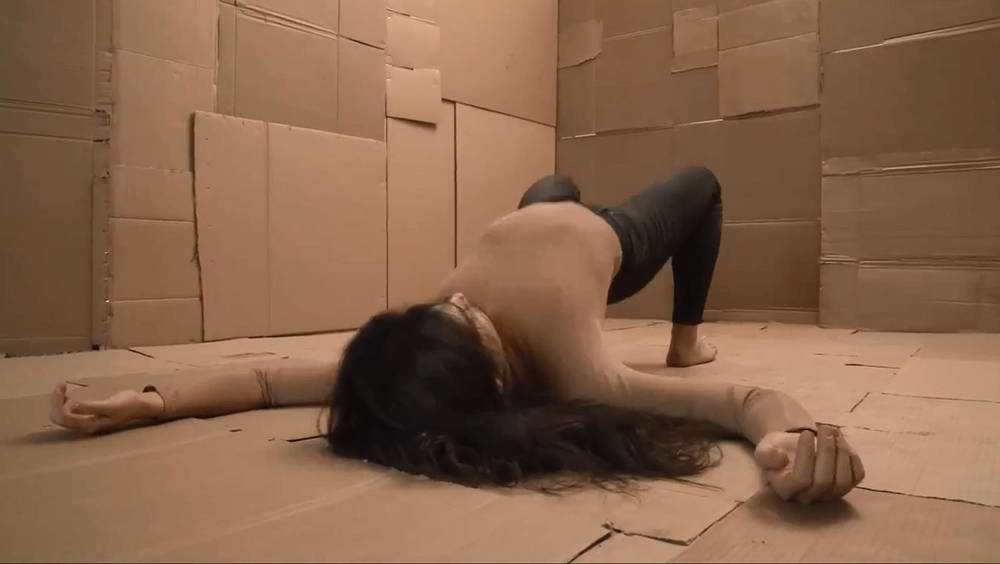Double Feature
For more than five years, the SCHIRN has served as a forum for national and international filmmakers and video artists. Under the heading Double Feature, the latter present a work from their own oeuvre, followed by their favorite film. Already, films and videos by more than 50 guests have been shown. Double Feature is designed as a platform for various trends and forms of expression in film and video production which, with the dawn of digitization if not before, is now considered an art form in its own right. On the last Monday of every month and in conversation with the curators Katharina Dohm, Matthias Ulrich and guest curators, the invited artists provide extensive insight into their creative work, especially their interest in film. In 2018 the audience can look forward to contributions from Lili Reynaud-Dewar, Gery Georgieva, Holly Zausner and Amie Siegel, among others.

RATHER THAN PRESENTING THE WORKS AS OBJECTS IN AN EXHIBITION ROOM, “DOUBLE FEATURE” CREATES A CINEMA-LIKE VIEWING SITUATION THAT FOCUSES SOLELY ON THE SCREEN.
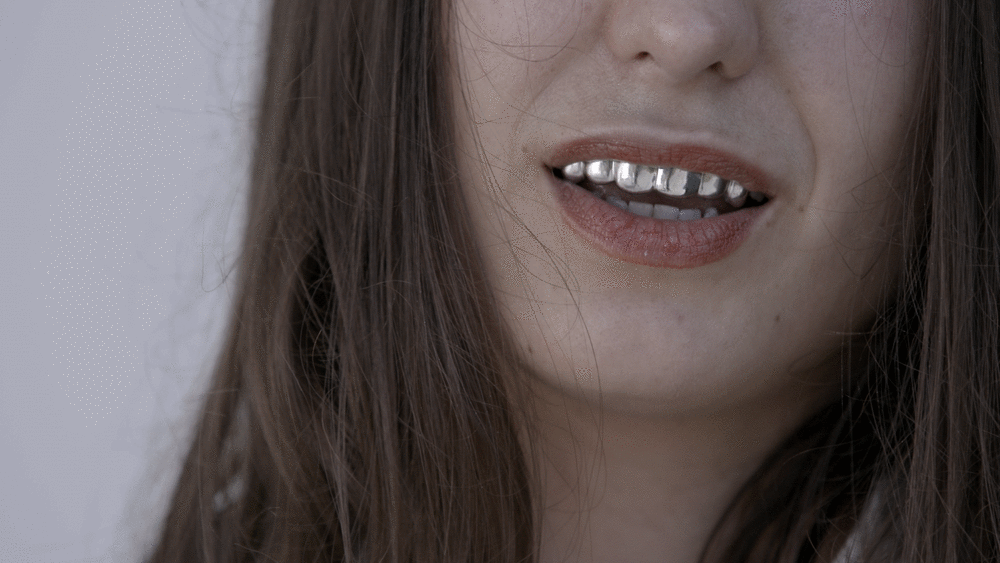
LILI REYNAUD-DEWAR
The cinematographic work of artist Lili Reynaud-Dewar continually revolves around the concepts of cultural, social and emotional identity. Stories, myths and symbols are as much the subject of her works as they are tools of her artistic exploration.
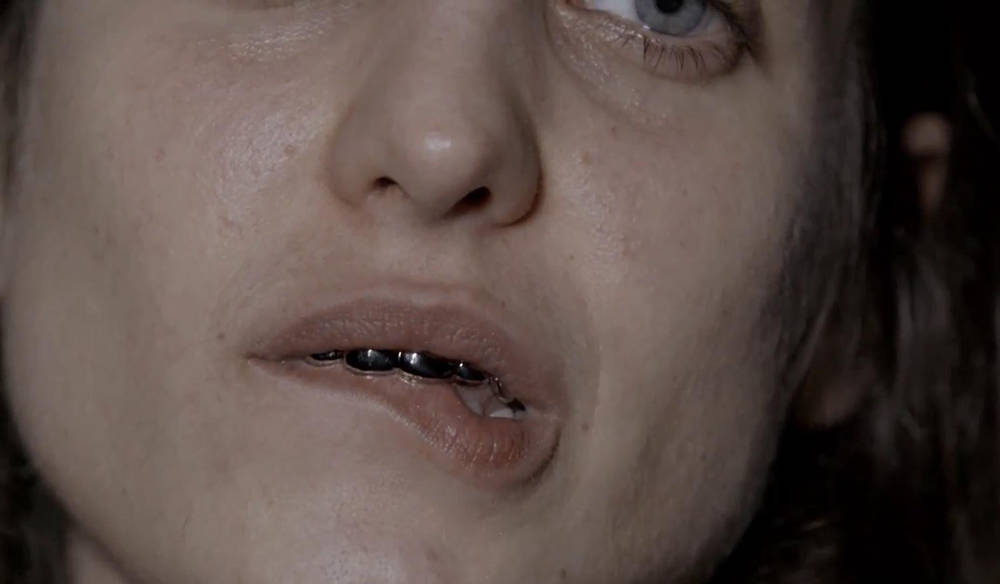
GERY GEORGIEVA
Gery Georgieva’s films rely on a performative self-presentation. Often she interweaves specific types of women in a hallucinatory way – the Pop diva, the artist, the tradition-conscious country girl – in order to question constructs of gender, taste and identity.
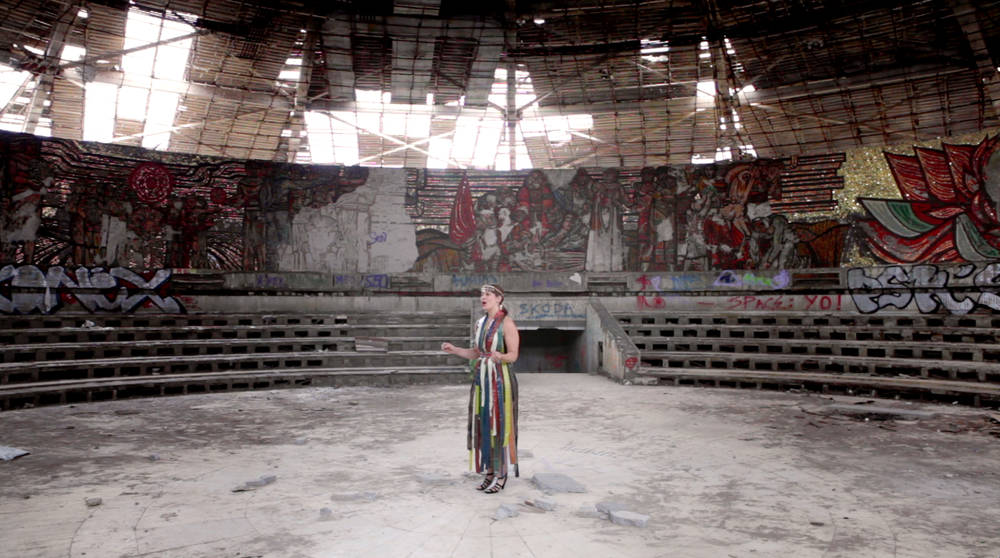
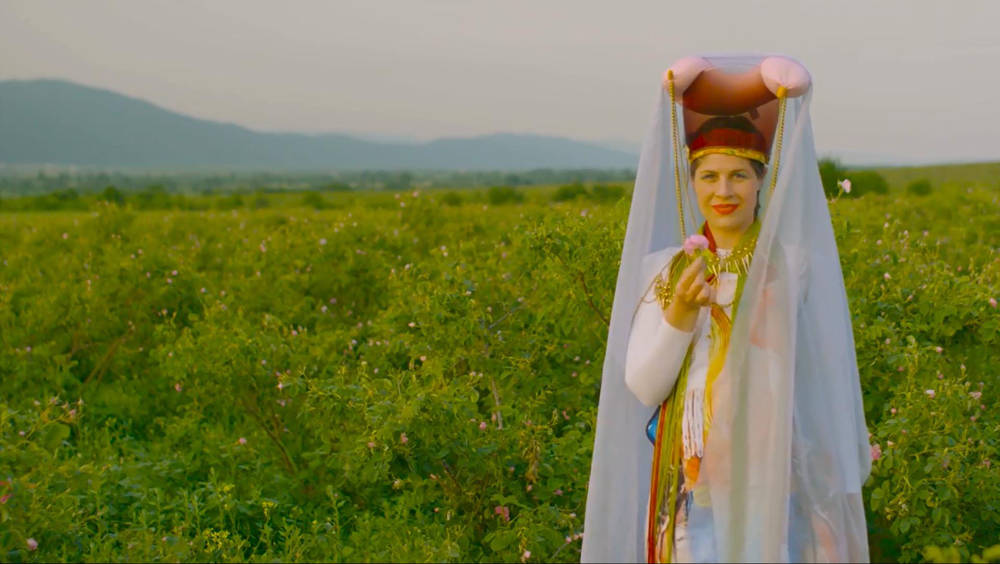
HOLLY ZAUSNER
American artist Holly Zausner has created a figure as an alter ego who then accompanies her in her work. In her film “Unsettled Matter” (2015), Zausner has created a dystopian cinematographic version of Manhattan and roams through the otherwise lively city.
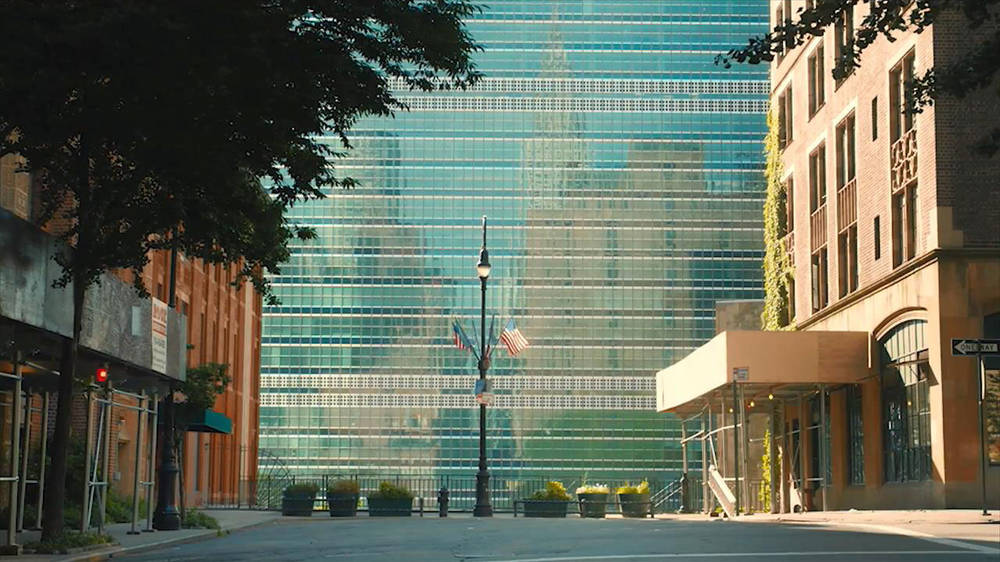
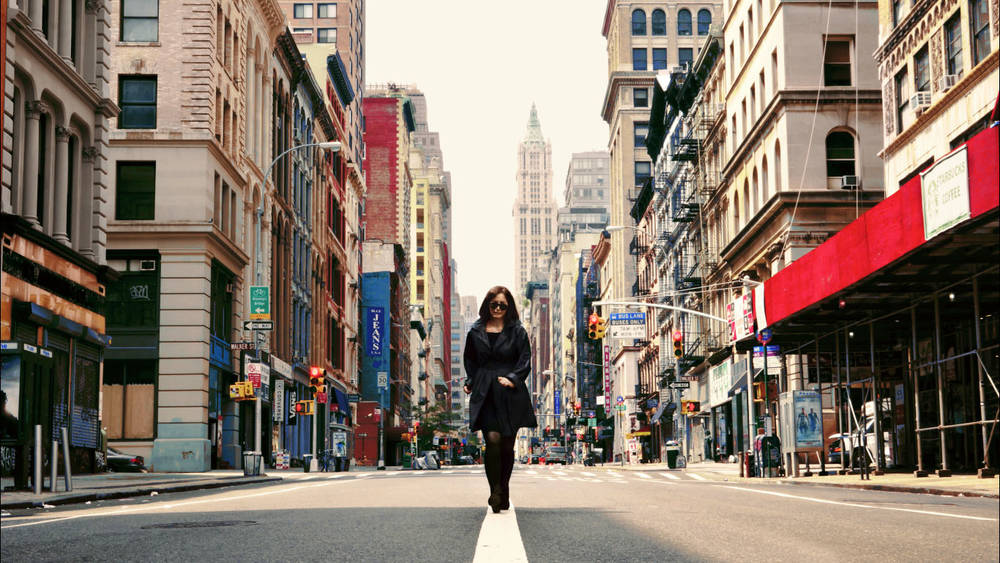
AMIE SIEGEL
In her work, Amie Siegel draws on a wide variety of sources from film and cinema history, as well as architectural and art history, and by means of transmission, correlation and repetition she reflects time and again on the medium of film itself. It is seeing that is the central element here.

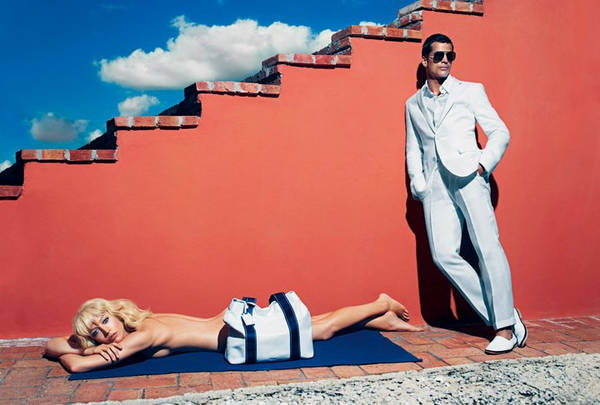
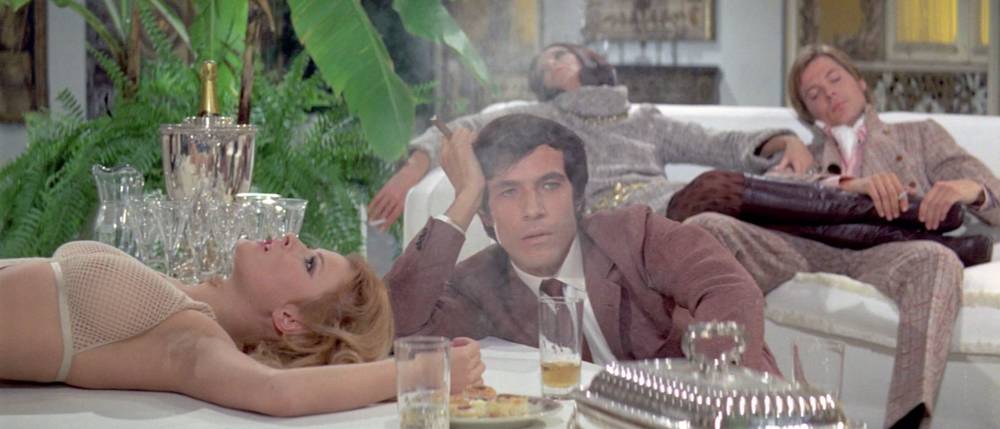
HAMZA HALLOUBI
Artist Hamza Halloubi, who was born in Morocco, tackles questions of identity and its interpretation. His often melancholic films, with their lonely protagonists, create space for supposedly unimportant gestures or incidents that conjure up a different perception of the world.

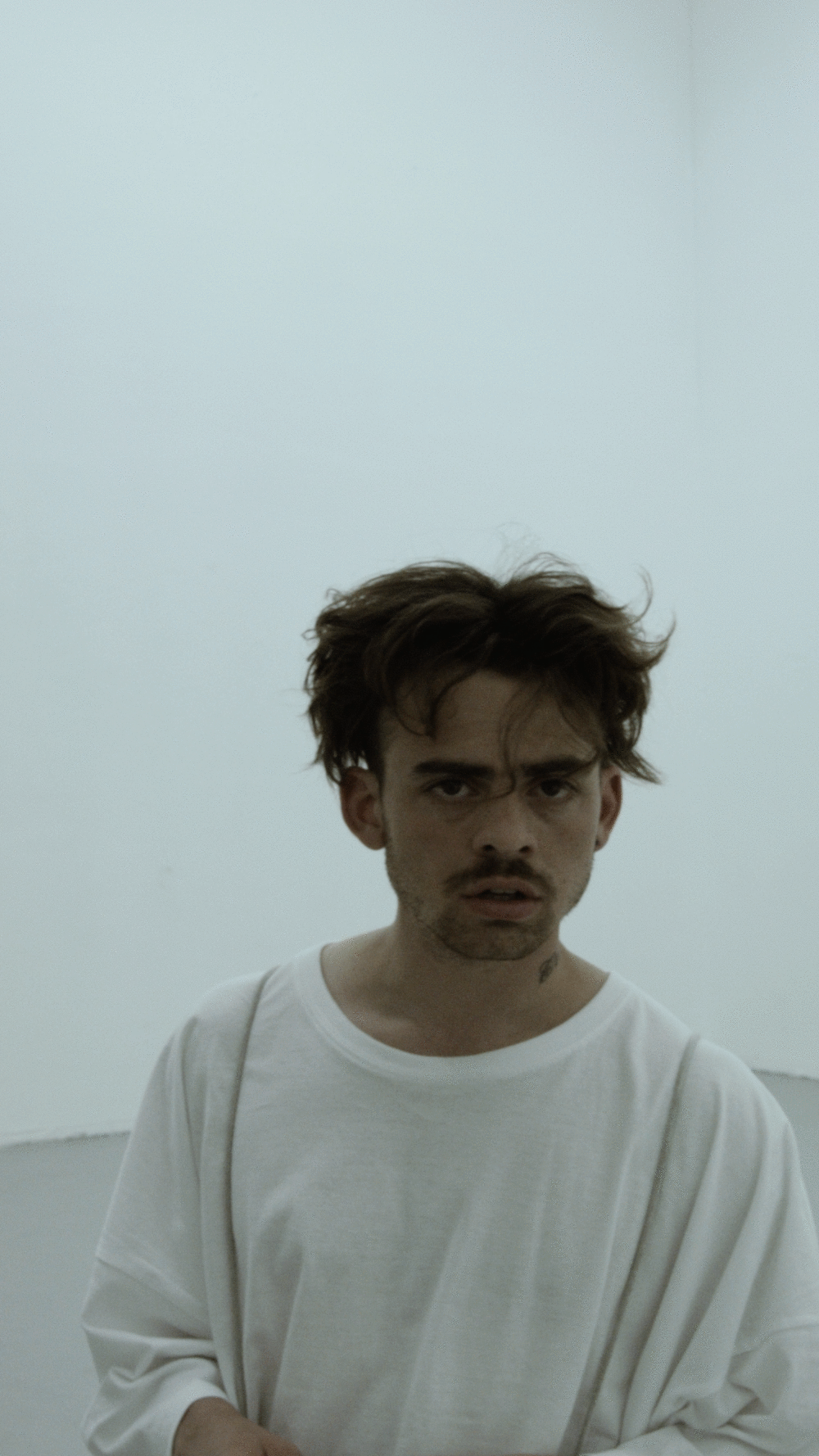
PAULINE CURNIER JARDIN
The films by Pauline Curnier Jardin break into the hallucinatory hidden world behind our society. Using a grotesque, dark aesthetic, they are inspired by B movies and religious rituals alike, ultimately bringing to light a dystopian social reality.
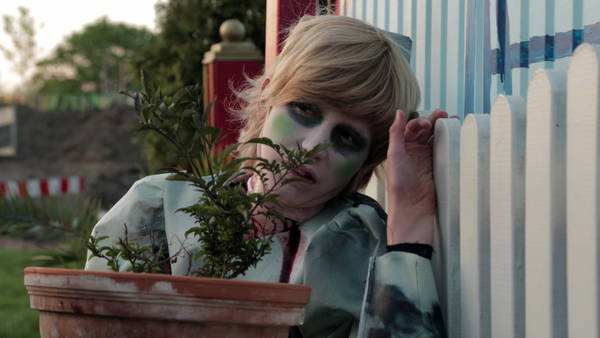
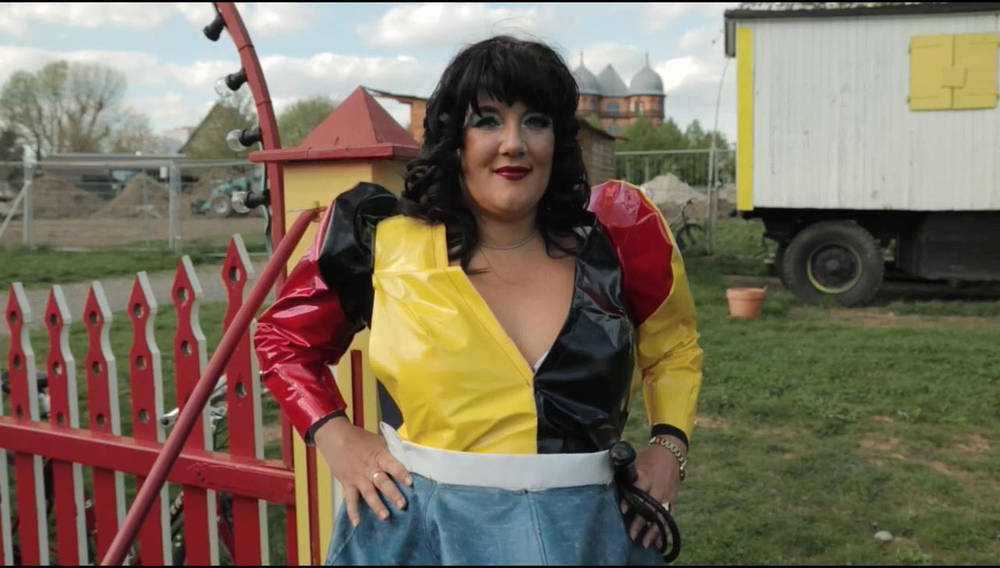
CHRISTOPH KELLER
Christoph Keller’s works call to mind the magical realism of Jorge Luis Borges. In his installations, which look like experimental configurations, Keller makes use of art’s discursive possibilities to address scientific phenomena and their utopias. Keller positions his artistic products in the realms of objective science, to verify them and at the same time take them to absurd levels. Far more important in terms of the artist’s extensive research are the numerous spaces for thought that Keller creates with comparatively sparing artistic means.
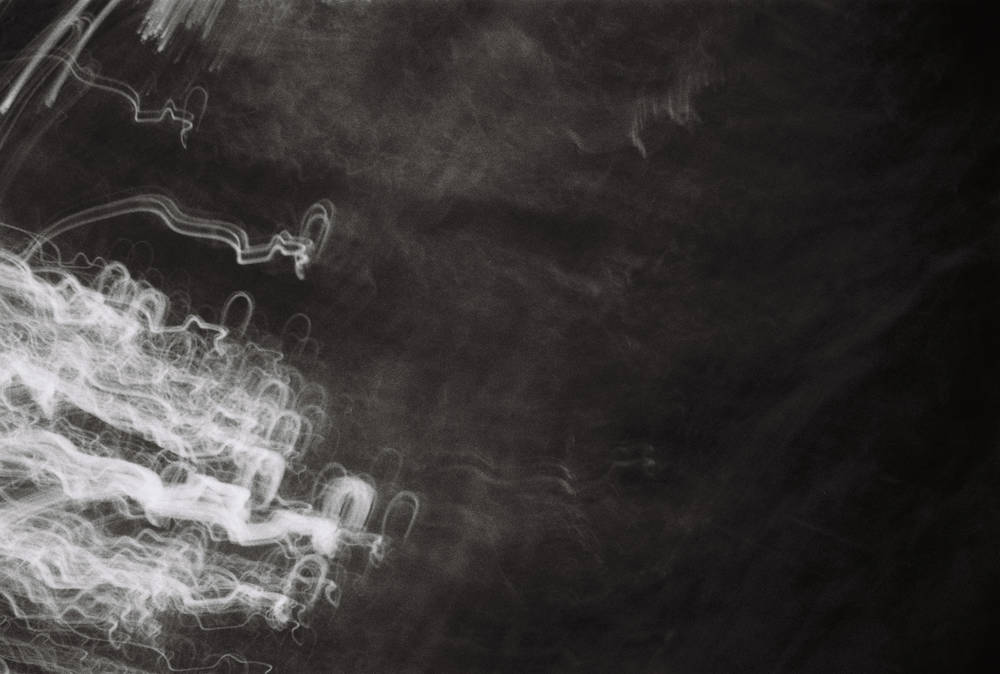
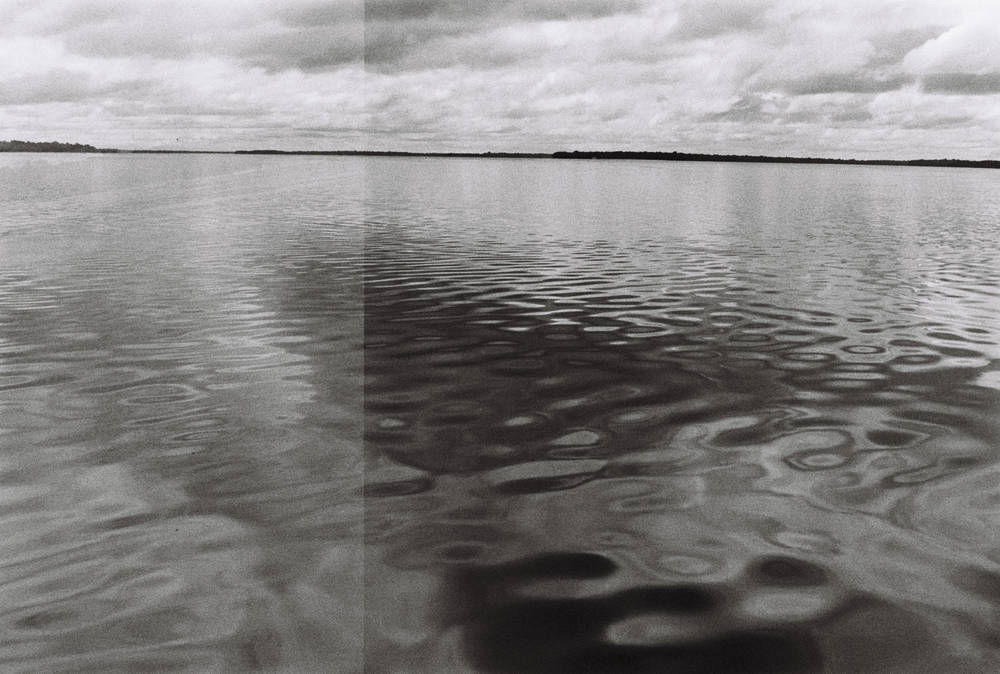
PAUL KUIMET
Photographer and video artist Paul Kuimet dedicates his work to landscapes bearing traces of human life. It documents changing ideologies, ownership, architecture and identifiable ways of life. Many of his pieces reflect the political influence of the former Soviet Union on Estonia, independent again since 1991, where Kuimet was born in 1984 and has since lived.
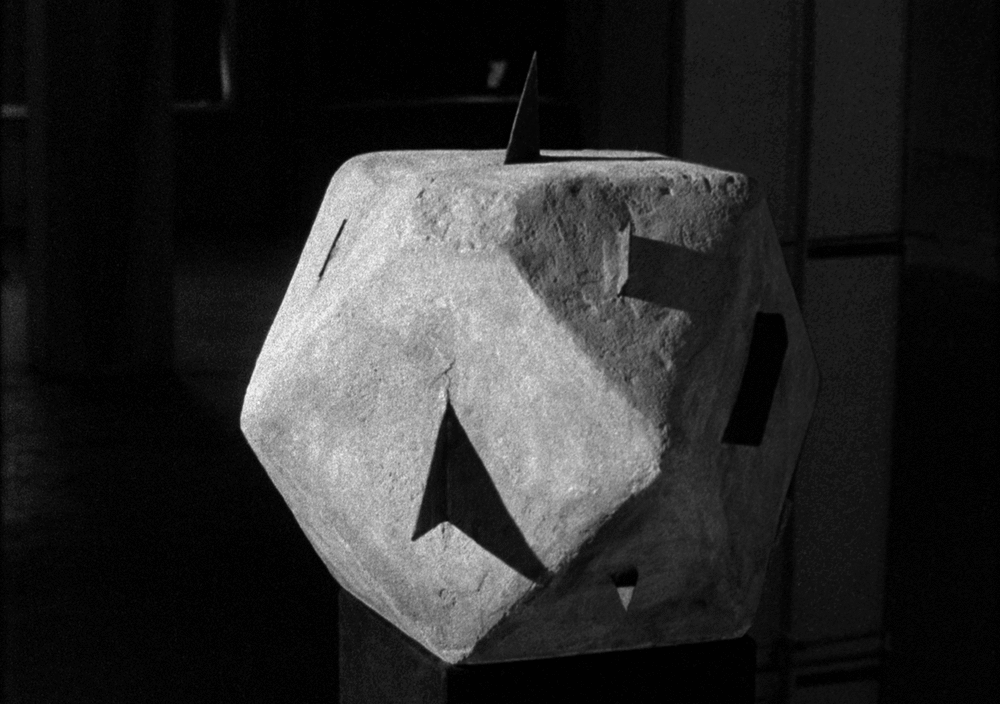
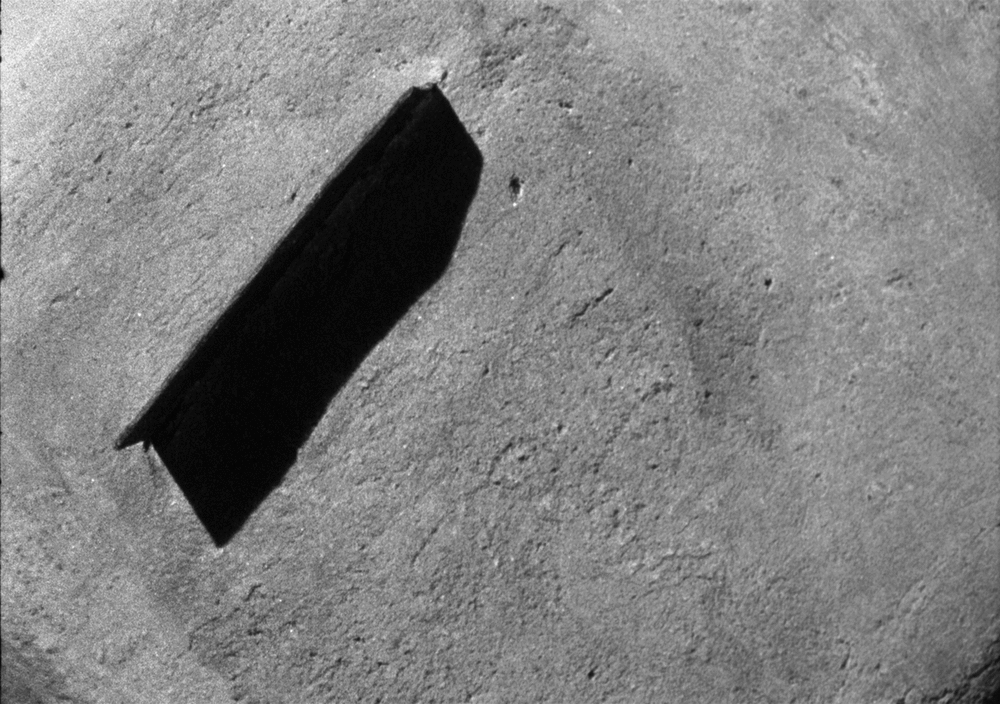
NINA KÖNNEMANN
Video artist Nina Könnemann situates her work between realistic cinema and a structuralist materialism. Her pieces are often observations of everyday (marginal) phenomena, which take the form of studies of human behavior in a socio-economic context. Könnemann is particularly interested in marginal, urban spaces and everyday activities taking place within them that receive little attention. Using filmic means, in particular editing, she hones her unspectacular observations to create a subtly eloquent portrait.


Alexey Vanushkin
Alexey Vanushkin’s works are inspired by the excess of mass-media images whereby war and violence, lifestyle and pornography are knitted seamlessly together. Photographs and video recordings from various different sources are woven together with text, music and comic-like elements to form commentaries on contemporary visual culture. At times frivolous, provocative, or melancholy, Vanushkin challenges the visual habits of observers.
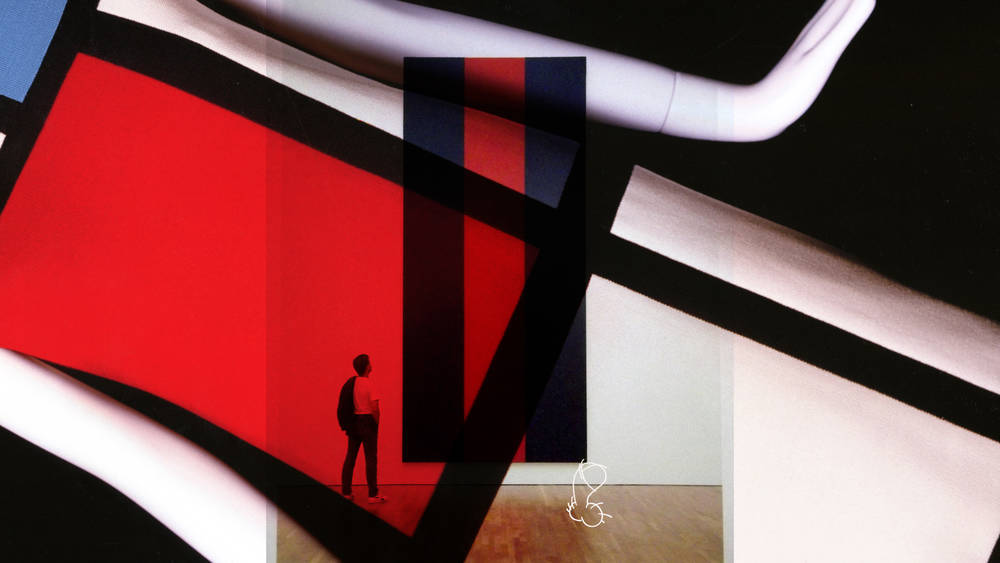
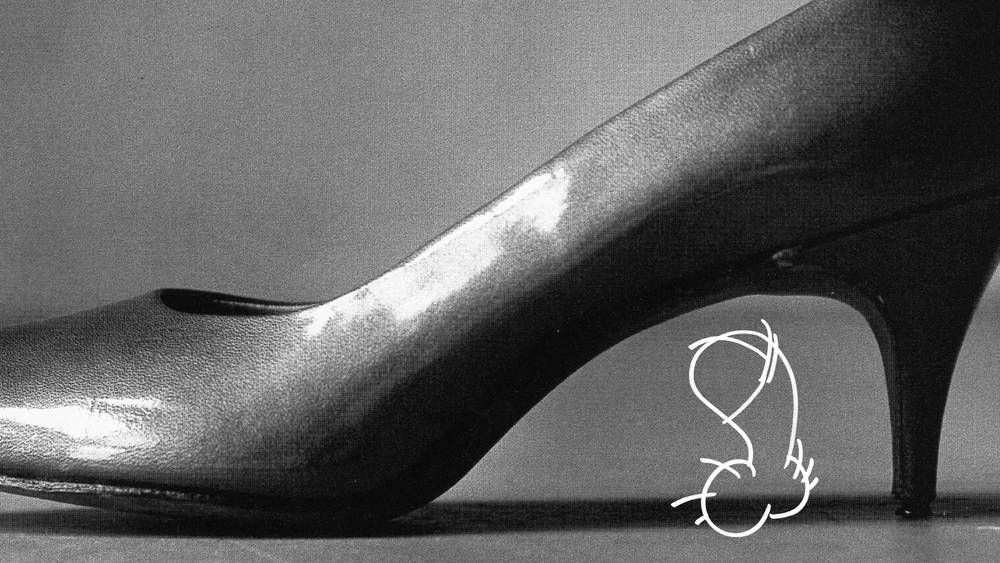
Su-Mei Tse
Defined by her simultaneously European and Asian roots, as well as her interest in the tonal dimension of the world, the artistic practice of Su-Mei Tse is permeated by questions of time, memory, musicality and even language. Su-Mei Tse was born in Luxemburg in 1973 and won the prestigious Golden Lion at the Venice Biennale for her country pavilion in 2003.
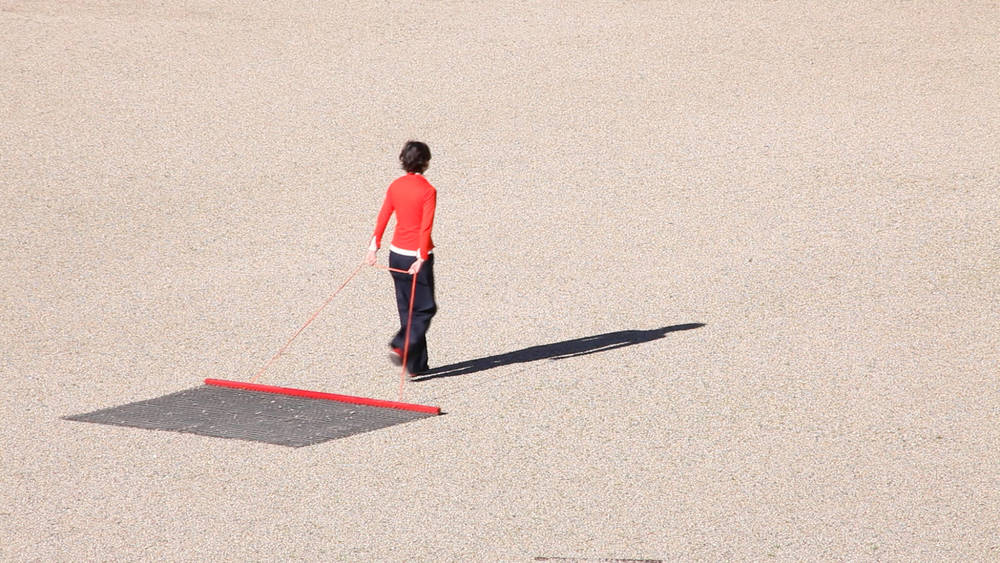
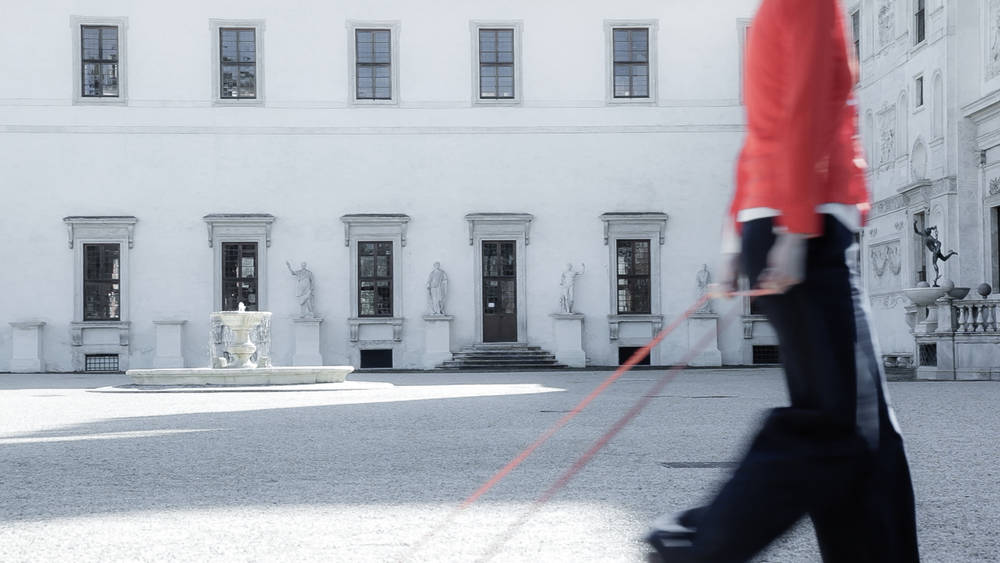
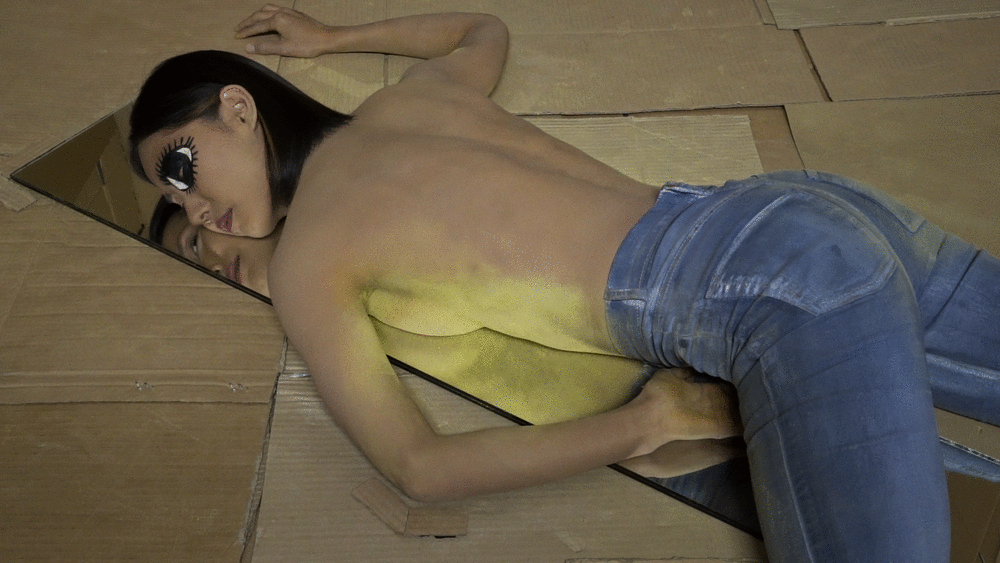
Alexandra Bachzetsis
In her performances, the artist and choreographer Alexandra Bachzetsis creates arrangements of bodies, costumes and movements that are as charming as they are brutal, and through which she questions the mainstream culture of the present day. Another definitive topic that plays a role in Bachzetsis’ cinematographic works is how femininity is constructed today.
